The trip started off on an odd note, with some flight difficulties.
KLM cancelled my flight to Amsterdam 3 days before departure, which is honestly fine.
The issue was the initial rebooking - ORD -> JFK -> AMS -> WSW would not have been my first choice of routing, and the 50 minute connection in JFK made it implausible to me.
The way it displayed on the website really didn't help either!
[Show/Hide]
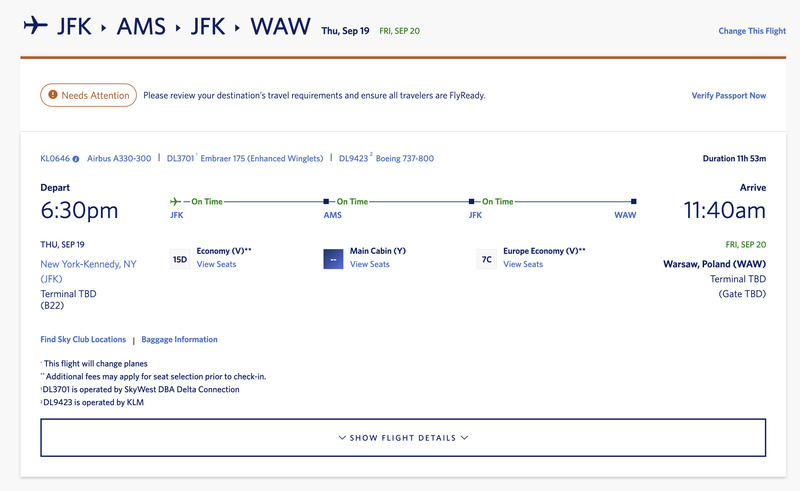 Thankfully, Delta was able to rebook me on ORD -> CDG -> WSW via Air France, and that went smoothly.
Besides the broken jetway at CDG, that is.
Walking down the stairs to the tarmac and then up again to the plane was a new experience!
[Show/Hide]
Thankfully, Delta was able to rebook me on ORD -> CDG -> WSW via Air France, and that went smoothly.
Besides the broken jetway at CDG, that is.
Walking down the stairs to the tarmac and then up again to the plane was a new experience!
[Show/Hide]
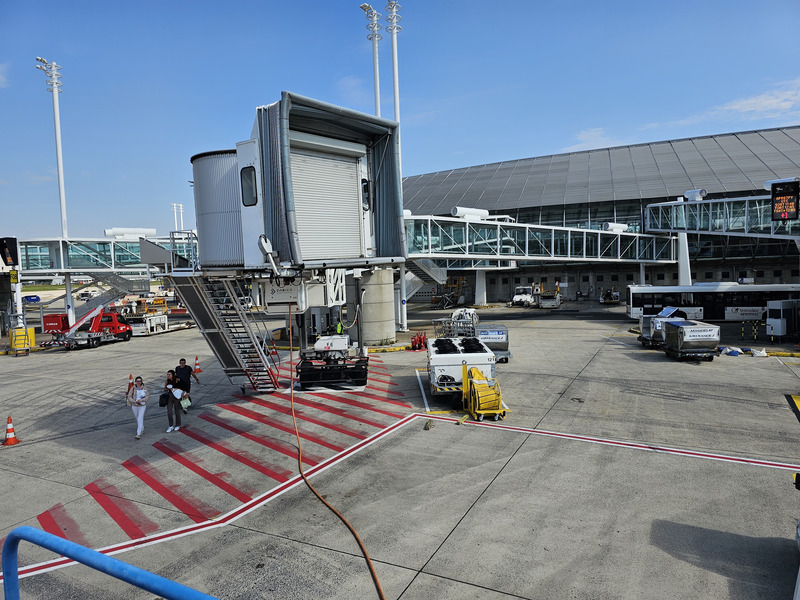
The weird part was that I was offered a direct flight from Chicago to Warsaw via LOT at the boarding gate, though I did decline it. LOT is a Star Alliance airline! Delta/KLM/Air France are all SkyTeam! Just very odd. (I turned down the offer because it would have meant waiting at O'Hare for 5 more hours, and I had no idea what sort of seats I would be getting on the LOT flight.)
Warsaw was a very safe, friendly, and overall nice city, built relatively recently (thanks to it being completely destroyed by the retreating Germans in 1945 while the Soviets sat across the river and watched) with easy transit and good food. I think I've said that for a lot of places, and Warsaw really does fit in well with major cities in the rest of Europe - but it was generally cleaner and safer than the major cities to its west like Berlin, Paris, or Barcelona.
Of course, safety and good transit aren't really enough to visit a city - there needs to be something to actually do!
Warsaw has a good selection of museums and interesting places to visit, though a lot of them are more on the "depressing" side of the spectrum.
The Katyń Massacre Memorial was a good example of that - the audioguide was very good, but the material wasn't exactly happy.
It was a very well done memorial in general.
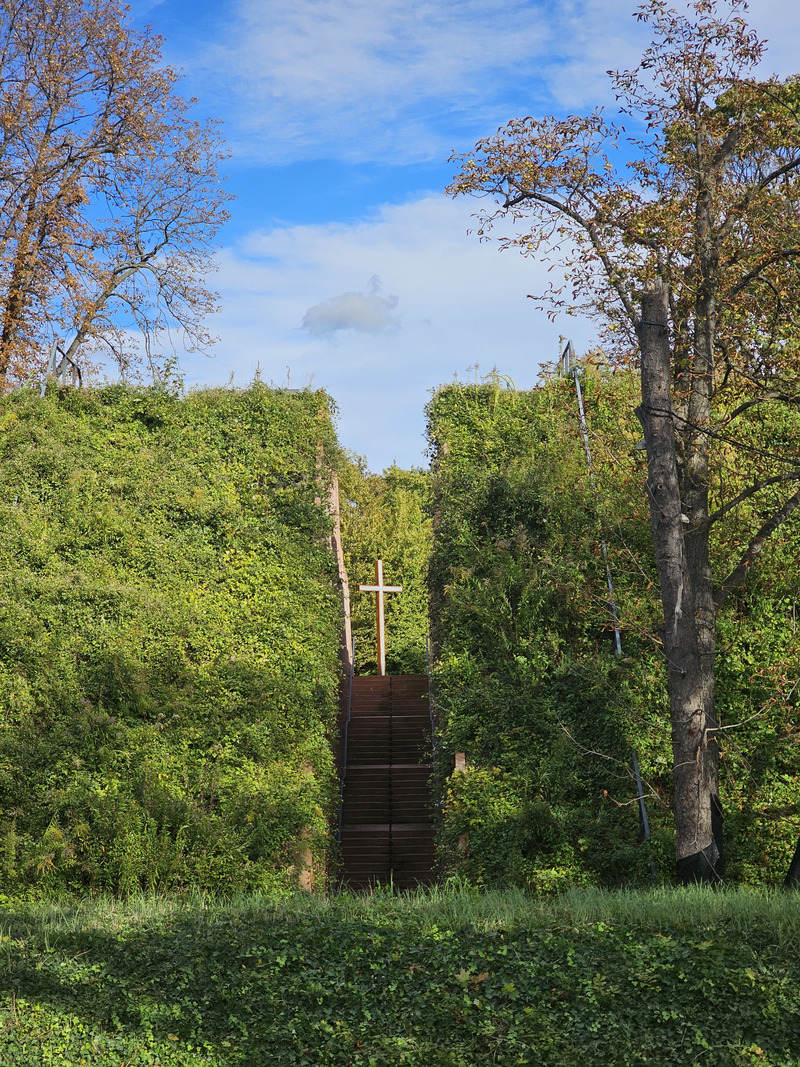 And then of course there were things like the Warsaw Uprising Museum, and the Warsaw Jewish Museum.
And then of course there were things like the Warsaw Uprising Museum, and the Warsaw Jewish Museum.
 It would not be inaccurate to say that most museums in Poland had a moral of either "this is why we hate the Soviets" or "this is why we hate the Nazis".
Some even had a moral of "this is why we hate both the Soviets and the Nazis"!
It would not be inaccurate to say that most museums in Poland had a moral of either "this is why we hate the Soviets" or "this is why we hate the Nazis".
Some even had a moral of "this is why we hate both the Soviets and the Nazis"!
Much of the 'standard European tourist attractions' were reconstructed after WWII, and in general they were very up front about that.
Warsaw has the youngest Old Town in Europe, thanks to the way that the Nazis and Soviets responded to the Warsaw Uprising.
The reconstructed Royal Castle was the centerpiece of their old town reconstruction efforts, and it was an interesting visit.
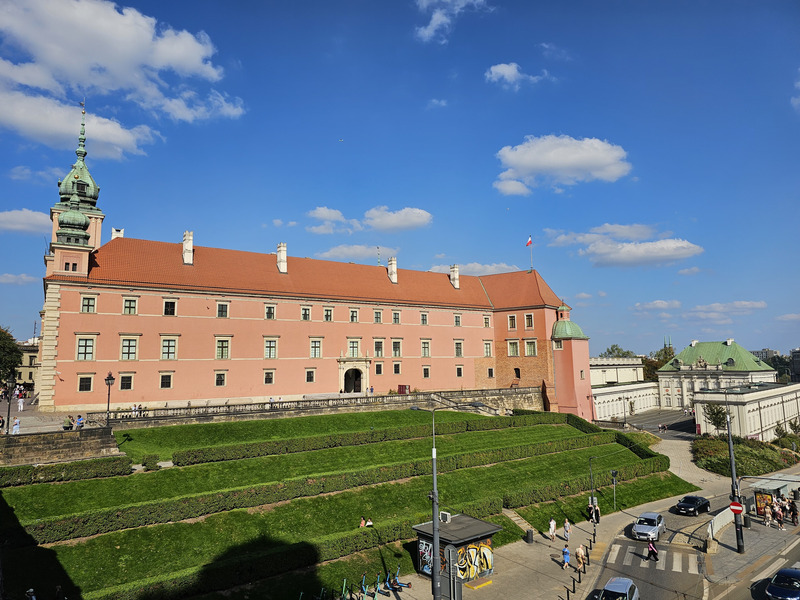 The most interesting part of the visit was a pair of Rembrandts, though - I found the palace interiors themselves to be relatively par fo the course.
The most interesting part of the visit was a pair of Rembrandts, though - I found the palace interiors themselves to be relatively par fo the course.
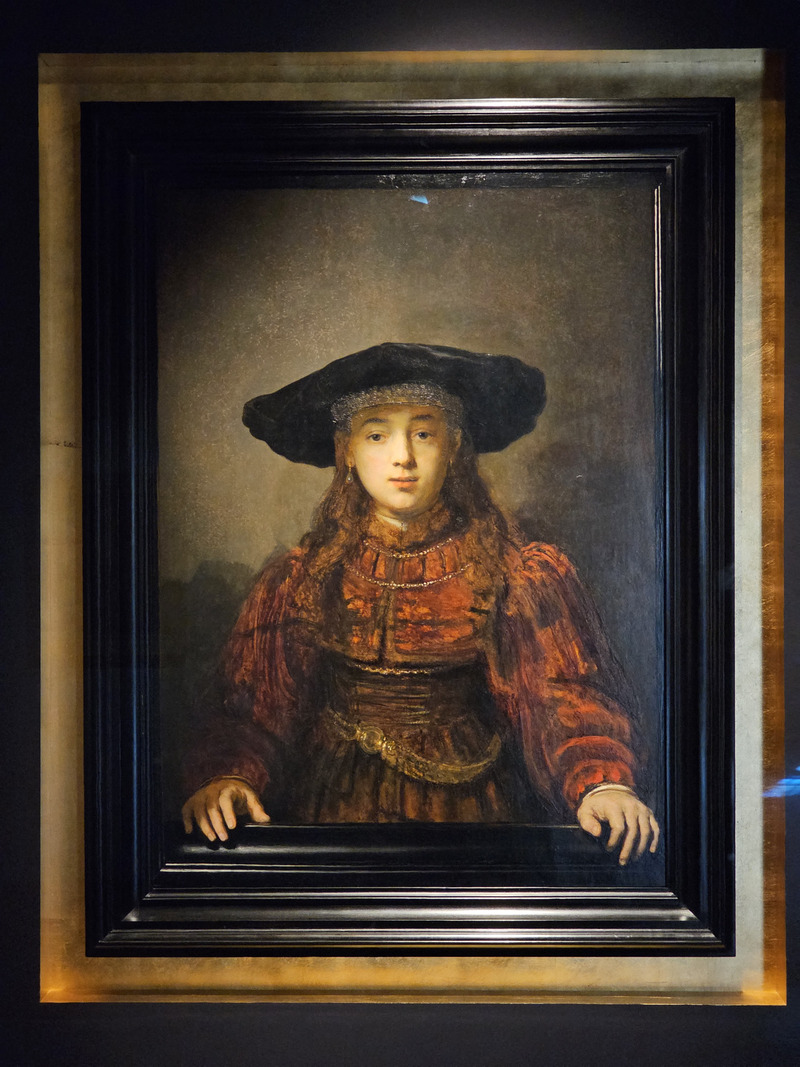 Similarly, the Wilanow Palace was visually impressive (if a bit smaller than equivalents elsewhere in Europe) but the interiors had survived in a much better state.
Similarly, the Wilanow Palace was visually impressive (if a bit smaller than equivalents elsewhere in Europe) but the interiors had survived in a much better state.
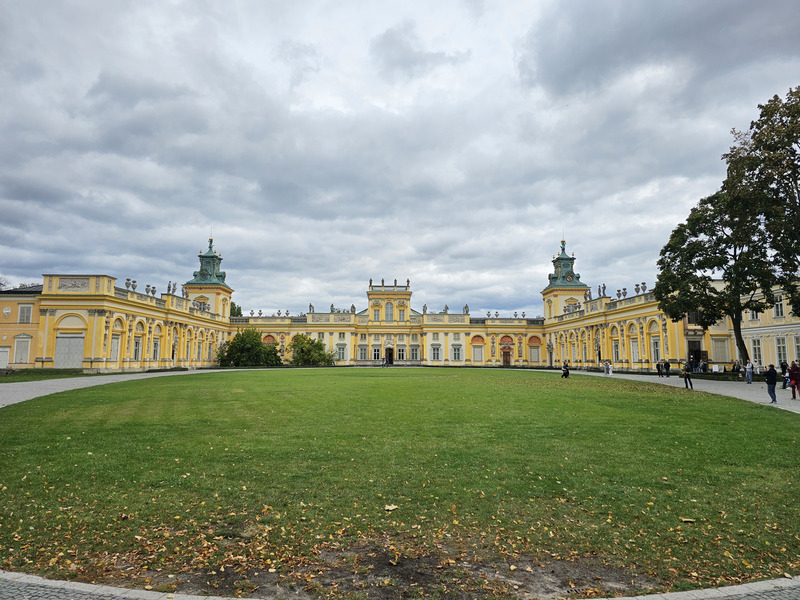
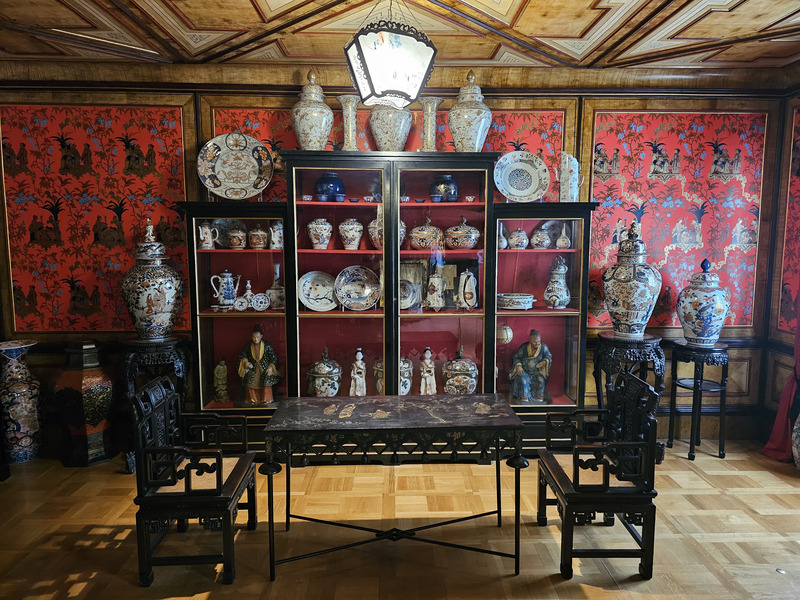 And then there was the Łazienki Park, which contained a few atttractions.
The Palace on the Isle and the Myslewicki Palace were both worth visiting, though I was unable to tour the sculpture museum.
And then there was the Łazienki Park, which contained a few atttractions.
The Palace on the Isle and the Myslewicki Palace were both worth visiting, though I was unable to tour the sculpture museum.
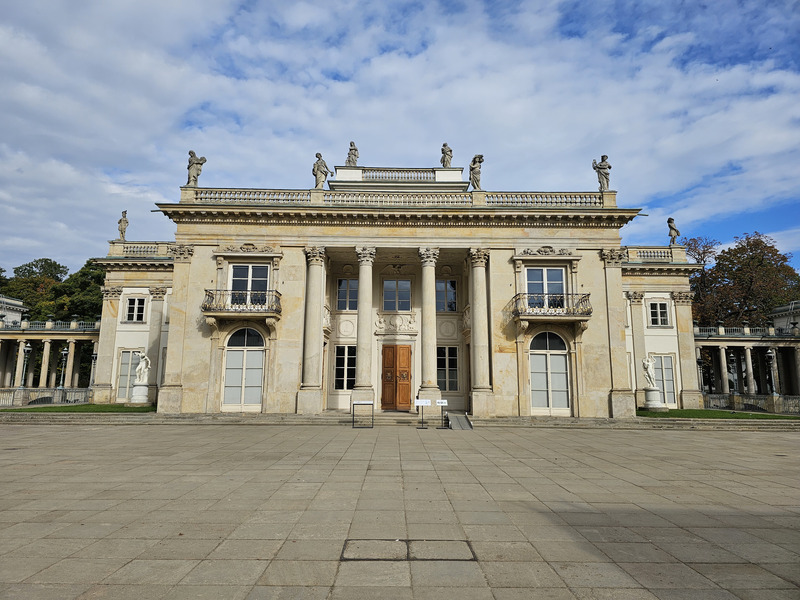
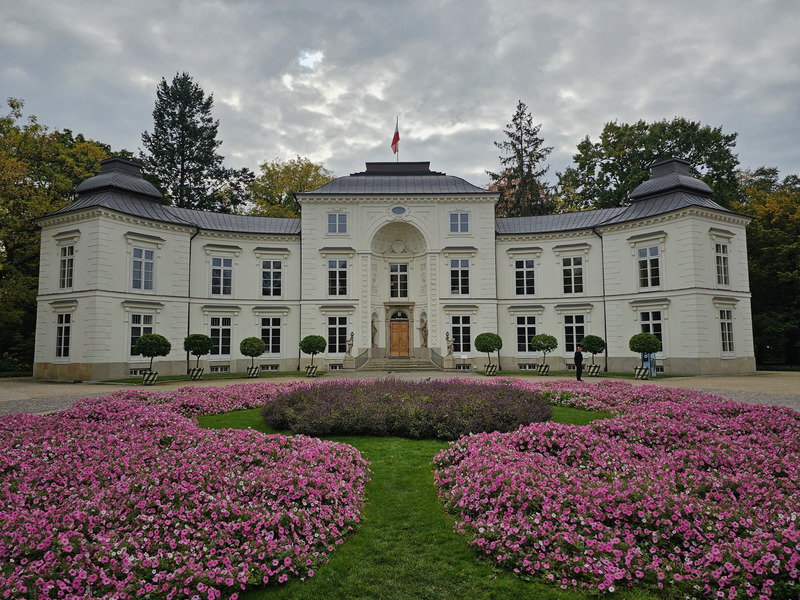 It also featured the Chopin Monument, and (on summer/fall Sundays) a free Chopin concert.
It also featured the Chopin Monument, and (on summer/fall Sundays) a free Chopin concert.

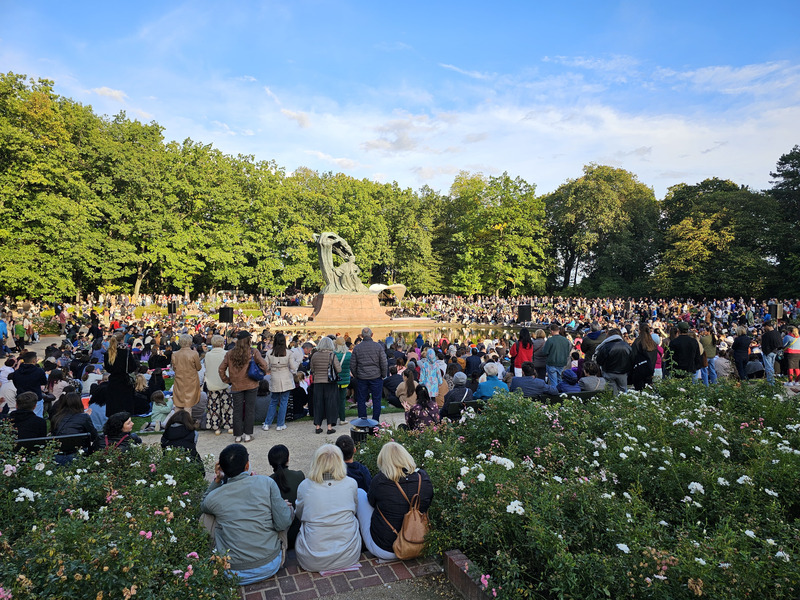
Warsaw also featured a really impressive selection of churches built in a variety of eras.
St Anne's Church was a more traditional style, but it was certainly not the only one in the city.
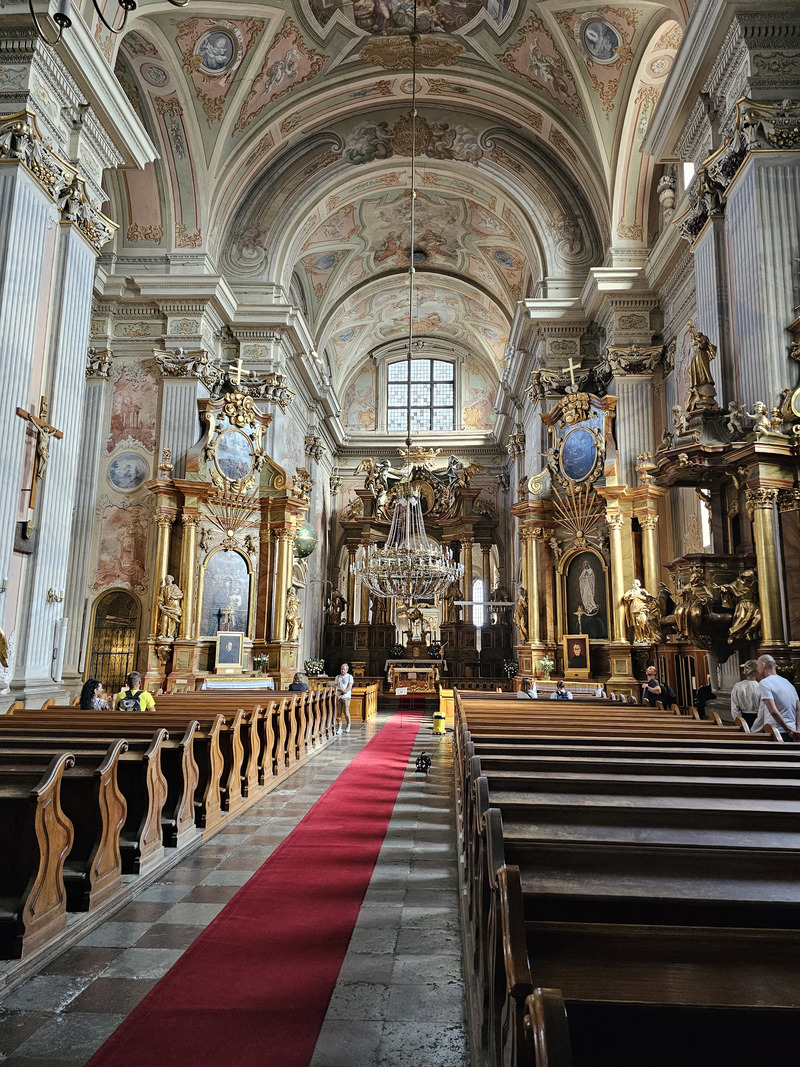 The Temple of Divine Providence was incredibly monumental, and the Pope John Paul II museum was worth a visit.
(you will need a translation app if you don't speak Polish, though)
The Temple of Divine Providence was incredibly monumental, and the Pope John Paul II museum was worth a visit.
(you will need a translation app if you don't speak Polish, though)
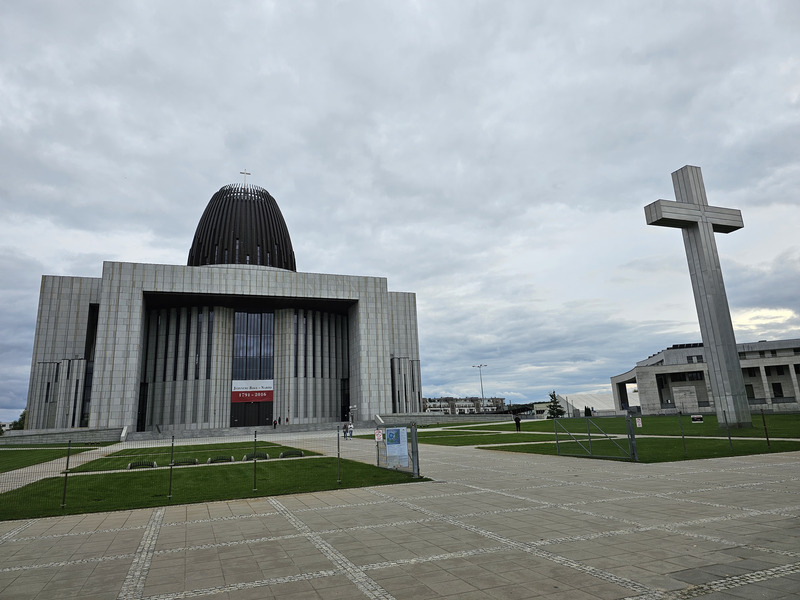 The Holy Trinity Church was also worth a quick stop, and now that I'm writing this I'm wondering if 'circular churches' are a normal thing in Poland.
The Holy Trinity Church was also worth a quick stop, and now that I'm writing this I'm wondering if 'circular churches' are a normal thing in Poland.
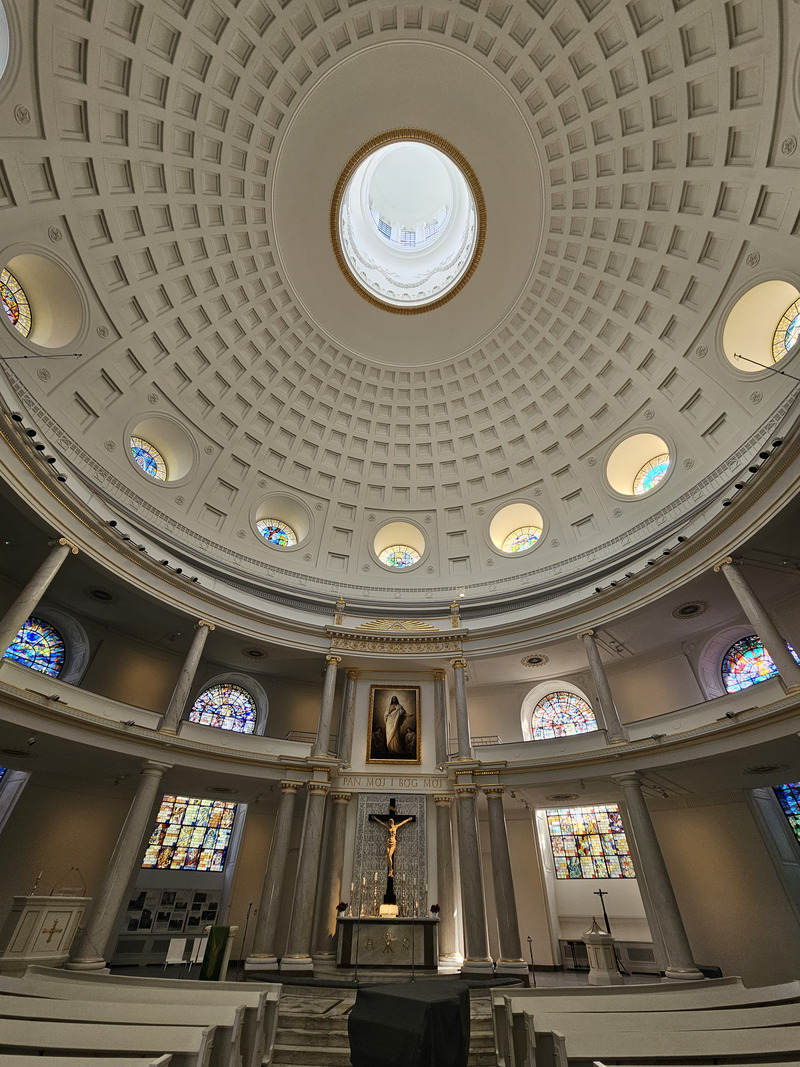
Finally, it's worth mentioning the most distinctive feature of Warsaw - the Palace of Culture and Science.
You really can't miss it.
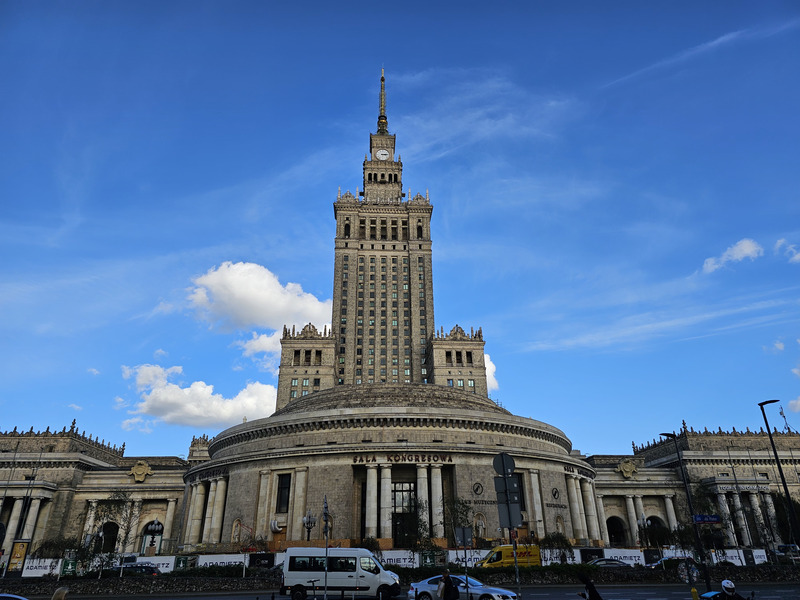
I was able to visit Krakow for a weekend, but I wasn't able to visit Auschwitz. So, a note for anyone reading this - book tours more than a few days in advance if you want things to actually be available. The old city center was quite pretty though, when it wasn't raining. I was able to visit the Czartoryski Museum, Rynek Underground Museum, Wawel Royal Castle, and National Museum in Kraków on my first day, and then the Polish Aviation Museum, St Mary's Basilica and the Wieliczka Salt Mine on Sunday.
The St Mary's Basilica was pretty spectacular, despite the short tour.
It was full of light and color!
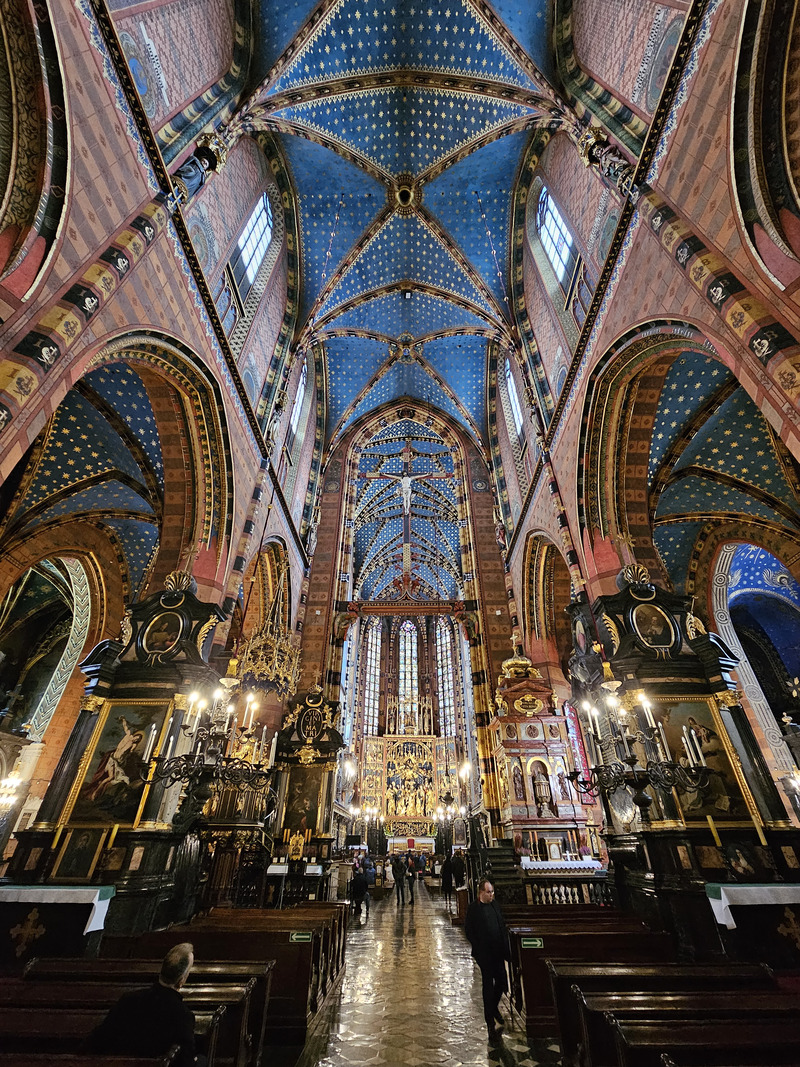 The exterior was a bit less impressive though - lots of brick, and some construction.
The exterior was a bit less impressive though - lots of brick, and some construction.
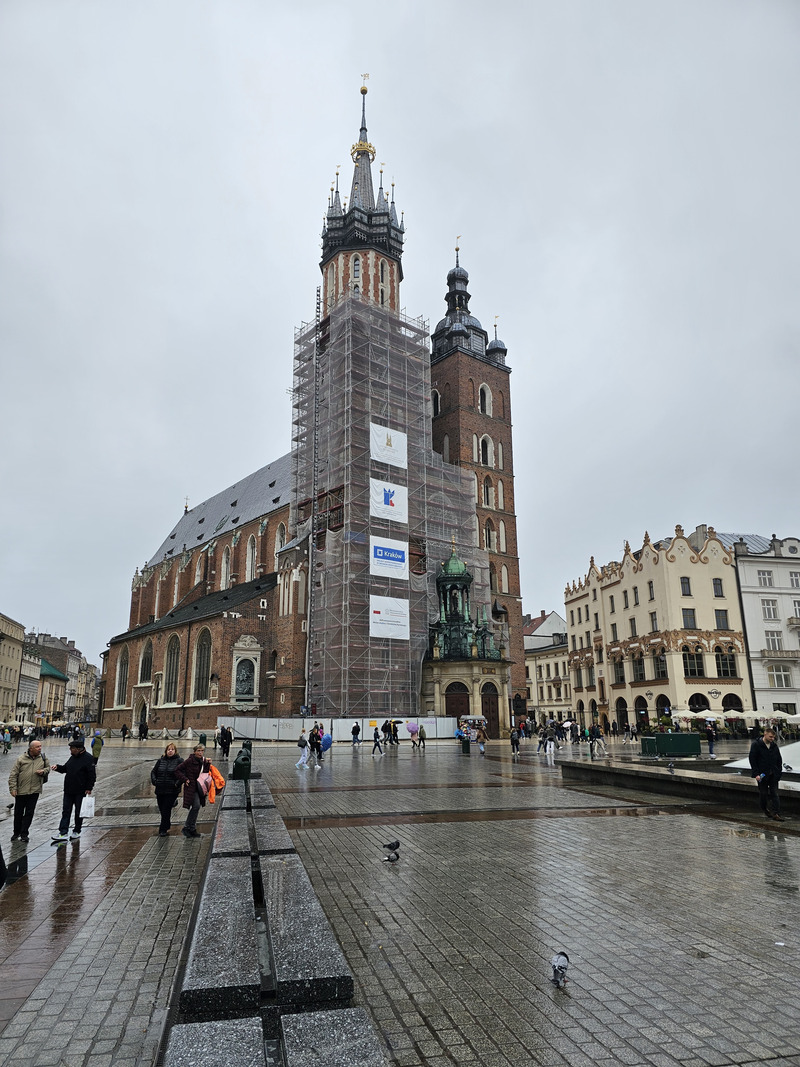
The Czartoryski Museum was worth a visit, though I didn't take as many photos as I should have.
There was quite a lot of variety, from furniture and decorative arts to the painting "Lady with an Ermine" by Leonardo da Vinci.
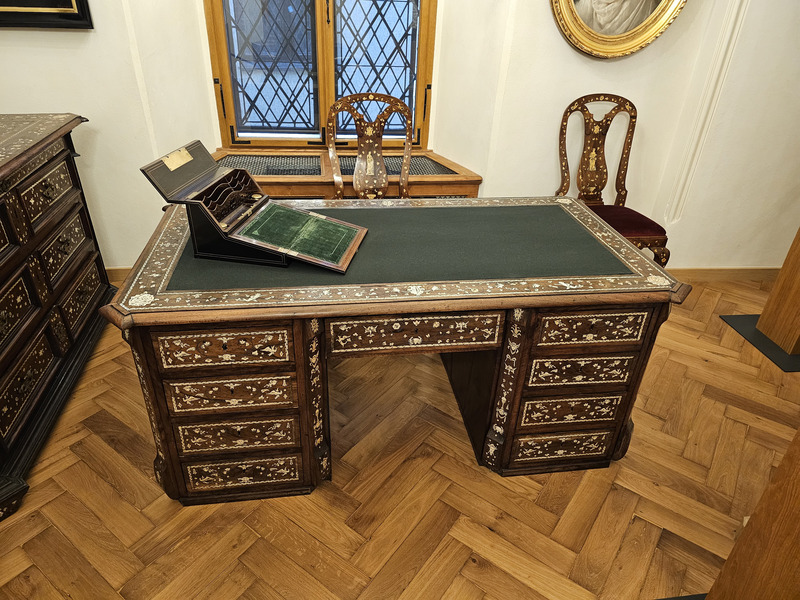
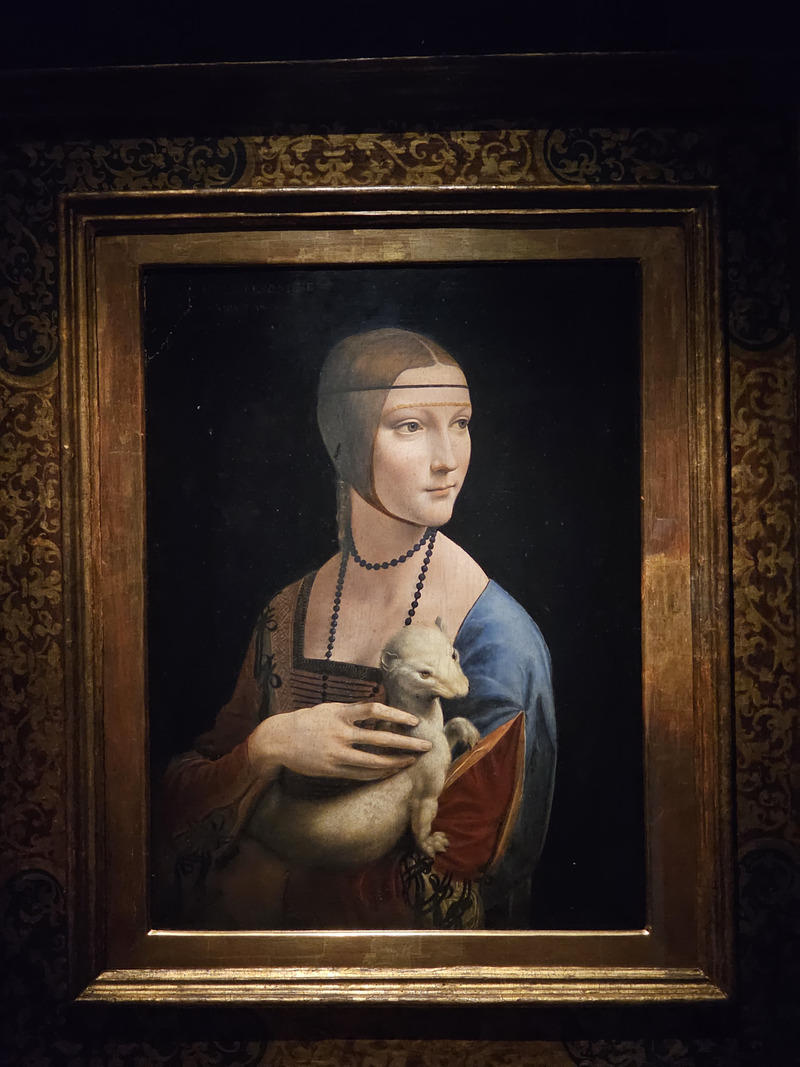
The Wawel Royal Castle is something I should have budgeted far more time for - there was easily a day's worth of content there, and I didn't get to see most of it.
The interior was of course impressive, with plenty of paintings and sculpture.
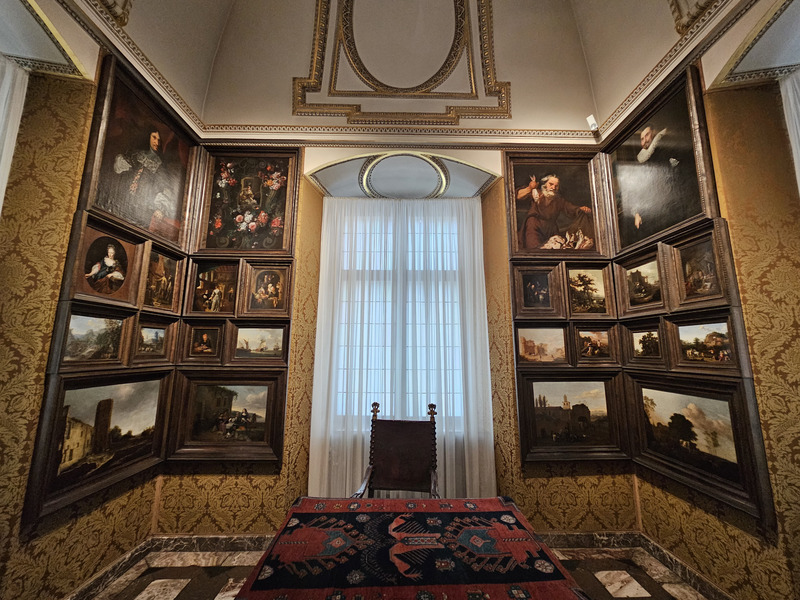 The treasury was rather disappointing in general, but there was one highlight - Szczerbiec, the traditional ceremonial sword used for the coronation of Polish kings.
The other objects that would have been worth seeing have generally not survived to the modern era.
The treasury was rather disappointing in general, but there was one highlight - Szczerbiec, the traditional ceremonial sword used for the coronation of Polish kings.
The other objects that would have been worth seeing have generally not survived to the modern era.
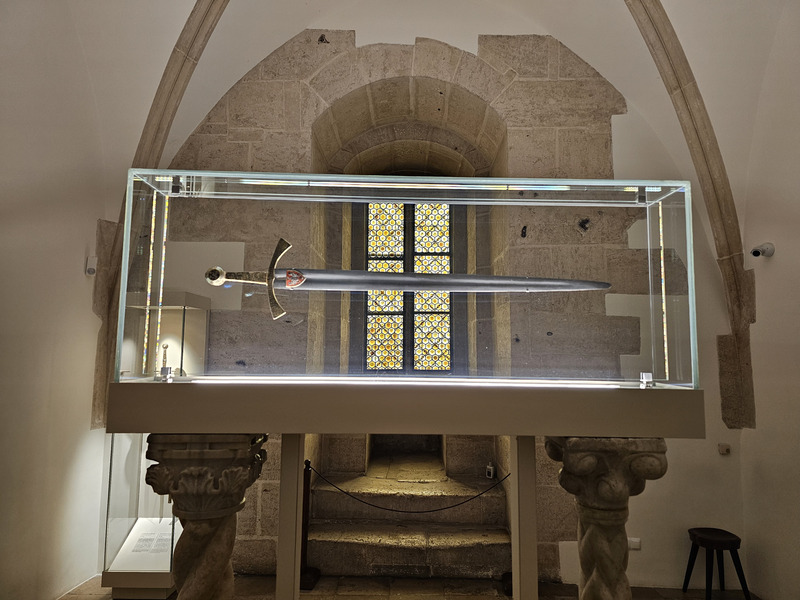 Finally, the Wawel Cathedral was a contrast to St Mary's Basilica - more ornate, but much darker.
Finally, the Wawel Cathedral was a contrast to St Mary's Basilica - more ornate, but much darker.
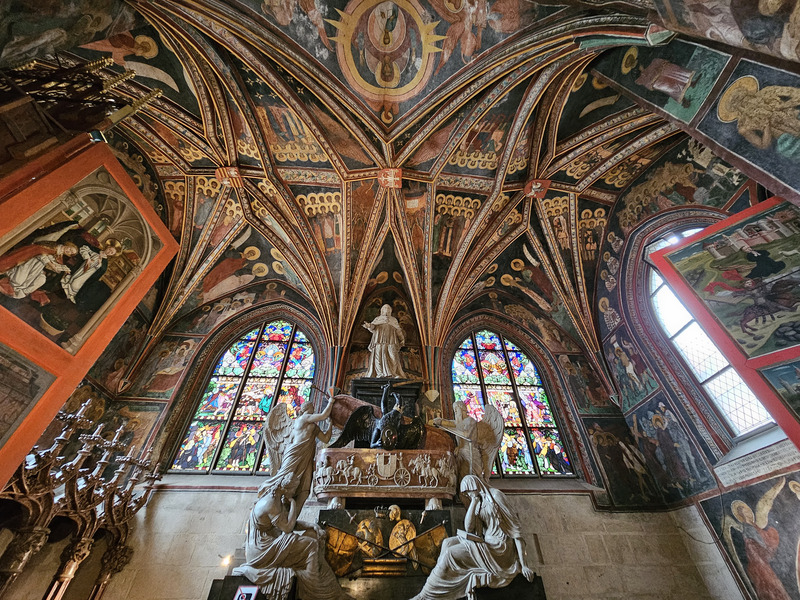
The Polish Aviation Museum was more comprehensive than I had anticipated, and I'm glad I had the time to come!
There was of course an entire flight line of Soviet fast jets, but there was significant western representation as well with a F-104, F-105, Drakken and Viggen being notable standouts.
I don't think I'd ever seen the Swedish jets before, and I'd never seen a Thud outside the US.

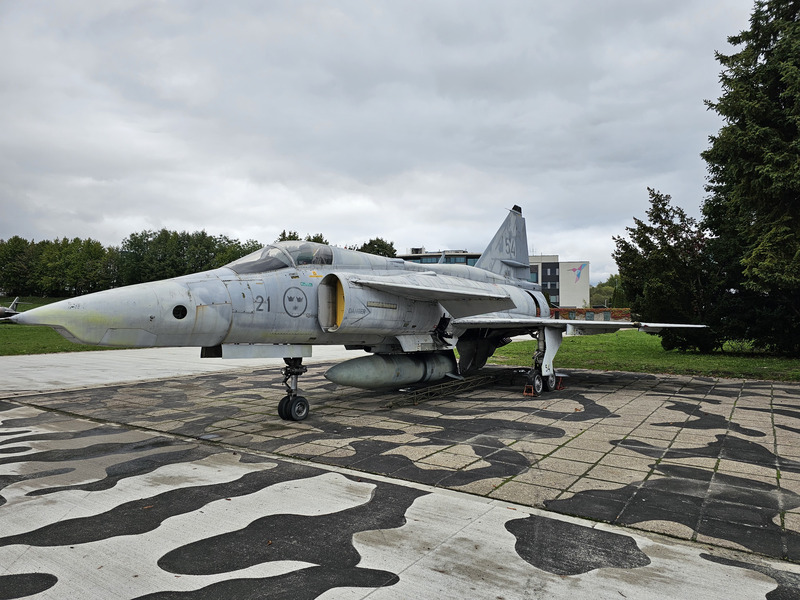 It was amazing seeing the F-104 and Draken next to each other - two planes built at the same time for the same job with similar performance and radically different structures.
It was amazing seeing the F-104 and Draken next to each other - two planes built at the same time for the same job with similar performance and radically different structures.
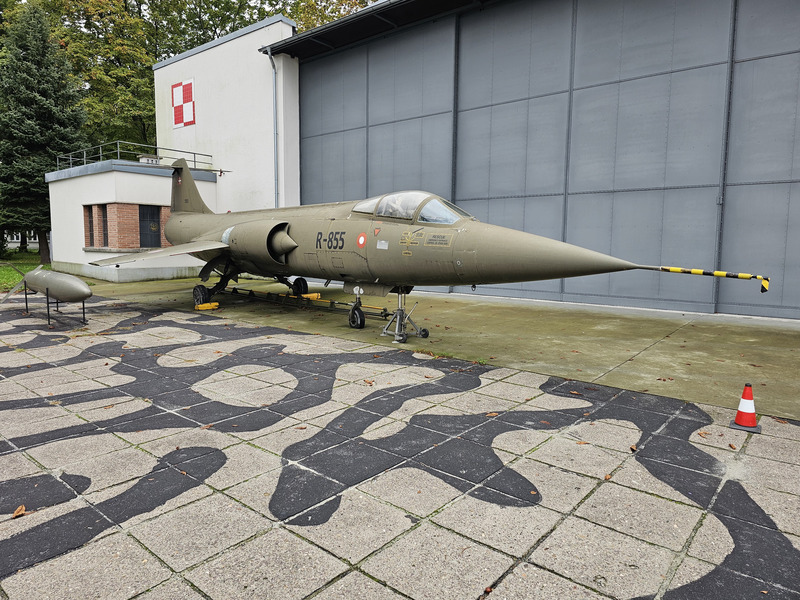
 The most unique part of the museum though was easily the engine hall, though.
It was a pretty significant building, with aircraft engines from the early days of WW1 through jets in the 80s, and most importantly descriptions for each engine.
Far too many museums just stick a "model name, model year, basic characteristics" label on aircraft or other artifacts and then leave the visitor to figure out what's interesting about that for themselves.
Having the basic historical context and what was significant about the model in question actually laid out for you instead of having to Google things makes for a far better experience!
The most unique part of the museum though was easily the engine hall, though.
It was a pretty significant building, with aircraft engines from the early days of WW1 through jets in the 80s, and most importantly descriptions for each engine.
Far too many museums just stick a "model name, model year, basic characteristics" label on aircraft or other artifacts and then leave the visitor to figure out what's interesting about that for themselves.
Having the basic historical context and what was significant about the model in question actually laid out for you instead of having to Google things makes for a far better experience!
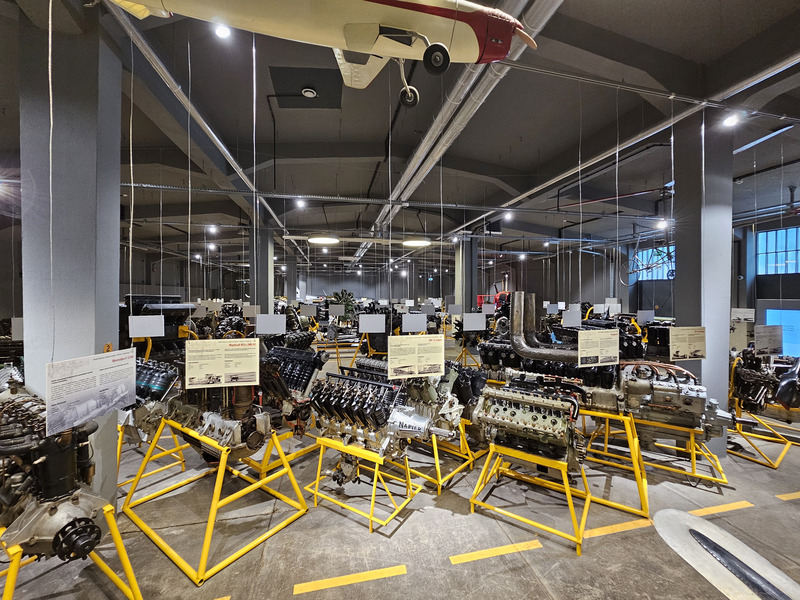
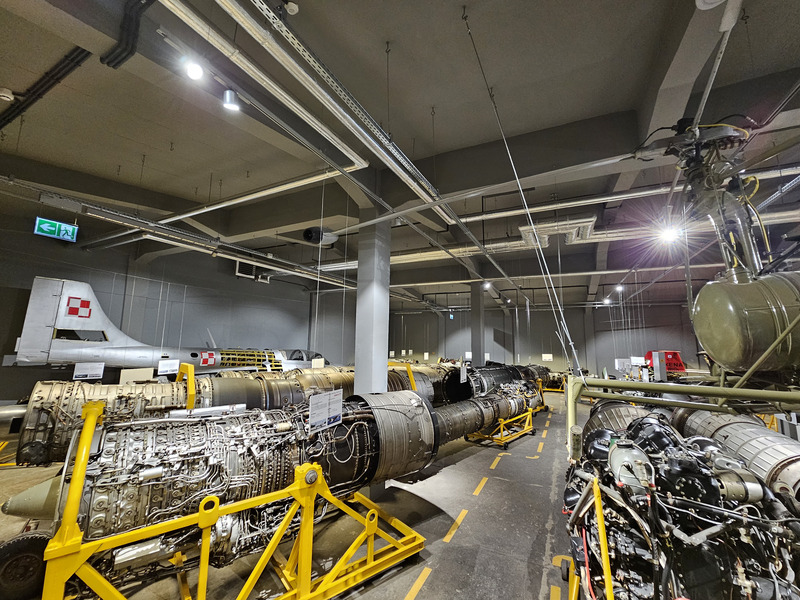 Some other standouts from the museum included a Fan Song radar and accompanying S-75 TEL, a MiG 29 trainer, and the dumbest agricultural aircraft I've ever seen.
A jet powered biplane! Who does that!
Some other standouts from the museum included a Fan Song radar and accompanying S-75 TEL, a MiG 29 trainer, and the dumbest agricultural aircraft I've ever seen.
A jet powered biplane! Who does that!
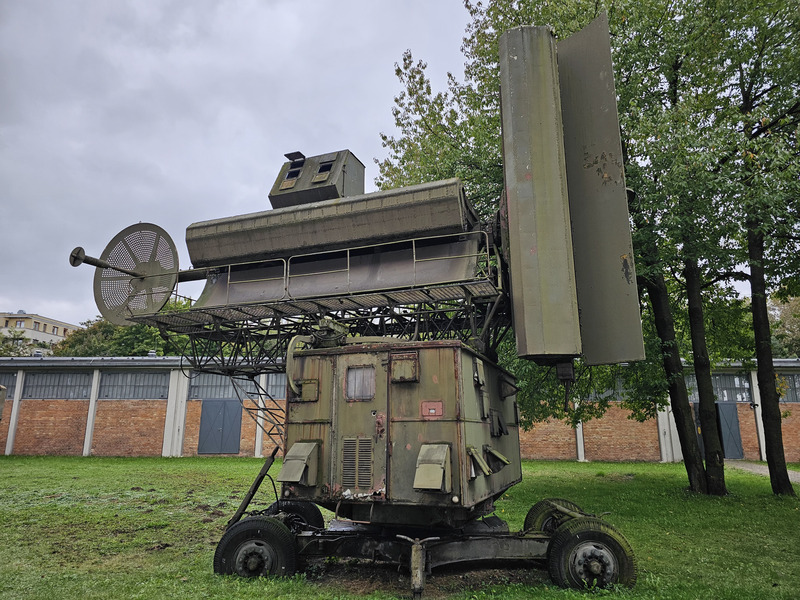
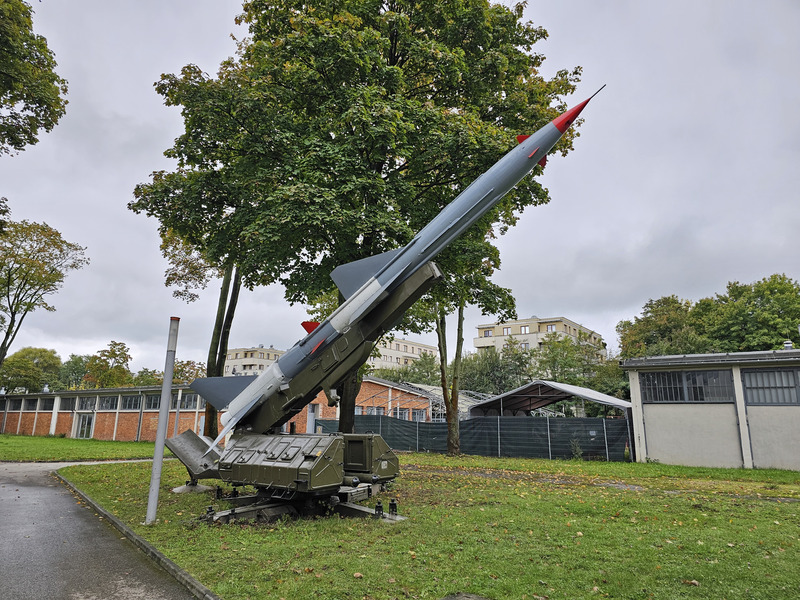
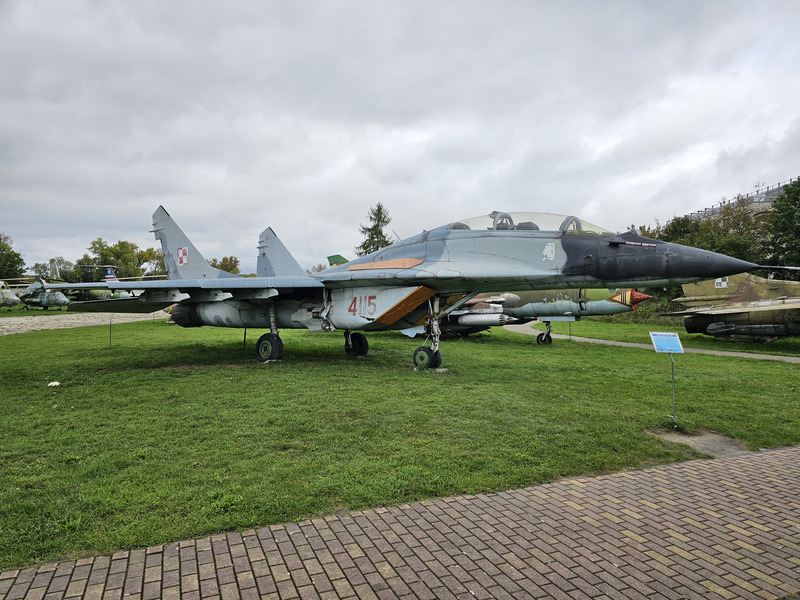
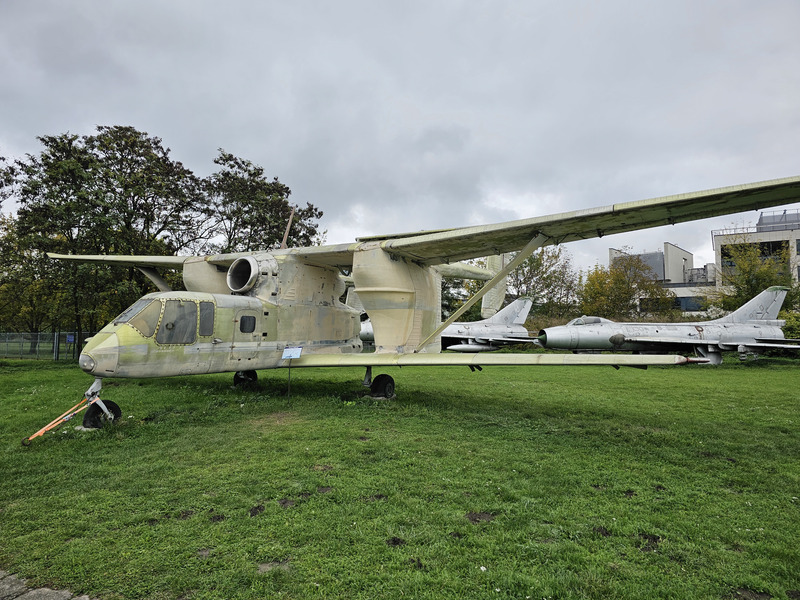 The 'aeronautical design oddities' didn't stop there, though, as one transport on display had two turboprops (pretty normal) but also a small jet engine installed in the starboard nacelle as an APU and additional takeoff thrust.
I have to repeat, who does that!
The 'aeronautical design oddities' didn't stop there, though, as one transport on display had two turboprops (pretty normal) but also a small jet engine installed in the starboard nacelle as an APU and additional takeoff thrust.
I have to repeat, who does that!
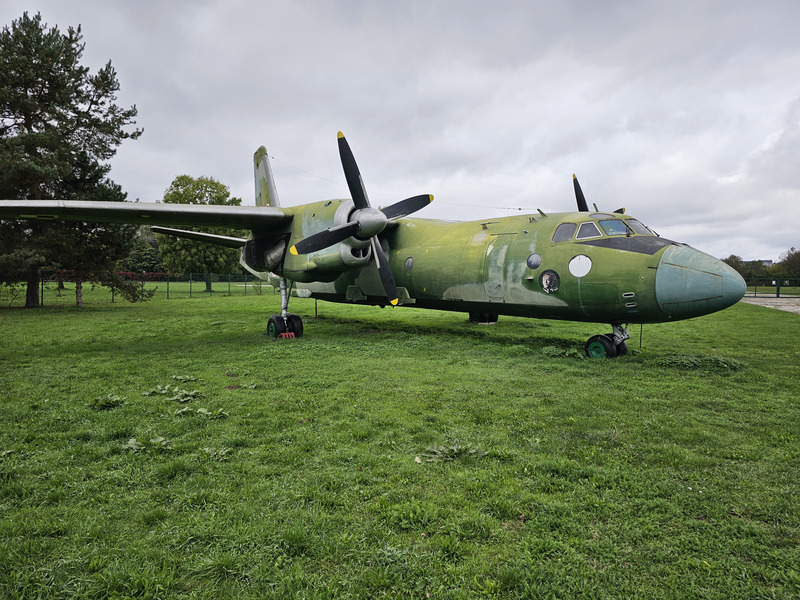 The Soviet flight line included most of the of 2nd and 3rd generation Soviet fast jets, including the MiG-15, MiG-17, MiG-21, Su-22, and MiG-23.
The Soviet flight line included most of the of 2nd and 3rd generation Soviet fast jets, including the MiG-15, MiG-17, MiG-21, Su-22, and MiG-23.

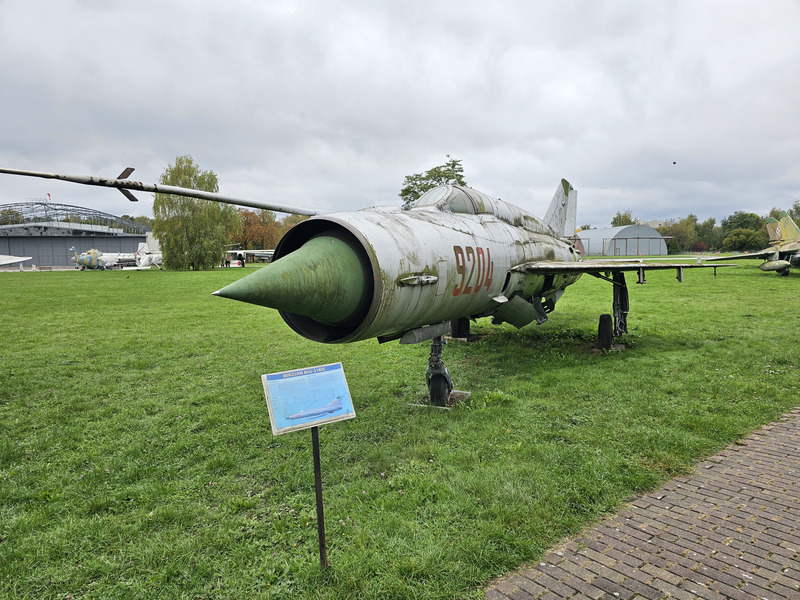
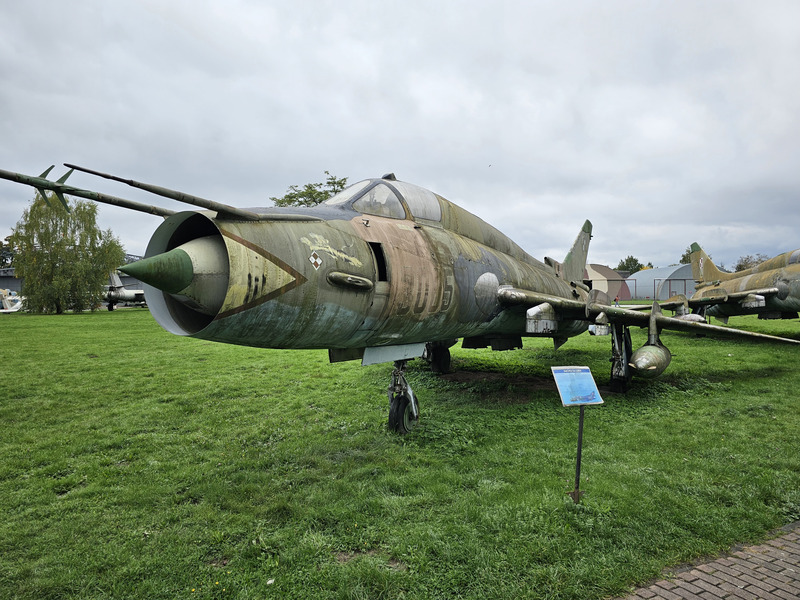
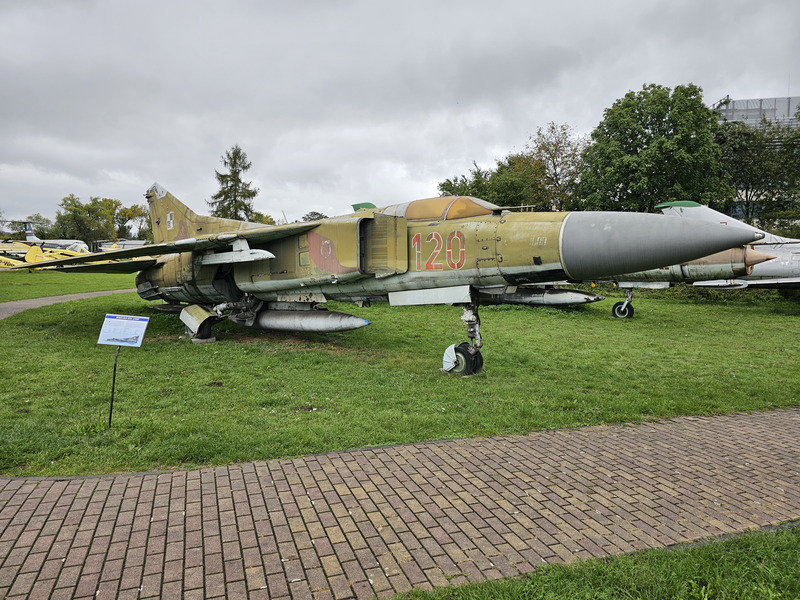 Overall, the museum was a pleasant surprise - signage was great and there was more variety on display than expected.
And don't take my more modern focus as a sign that the museum only had artifacts from after WWII - there were plenty of planes from those eras inside.
Overall, the museum was a pleasant surprise - signage was great and there was more variety on display than expected.
And don't take my more modern focus as a sign that the museum only had artifacts from after WWII - there were plenty of planes from those eras inside.
The Wieliczka Salt Mine has been in operation for several hundred years, and features some remarkable artwork within.
I'm not entirely sure I'd recommend the visit (it's a lot of time for not an enormous amount of art), but a number of locations within were excellent.
The entire tour route was littered with statues and reliefs, with this being a good example.
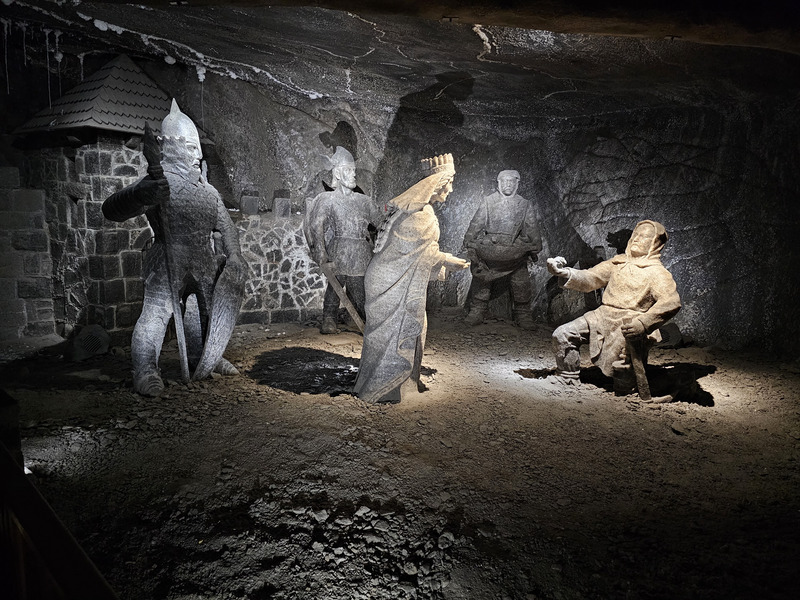 The most impressive location was easily the chapel, which was more complete than most of the other locations - there weren't many bare walls and so on.
The most impressive location was easily the chapel, which was more complete than most of the other locations - there weren't many bare walls and so on.
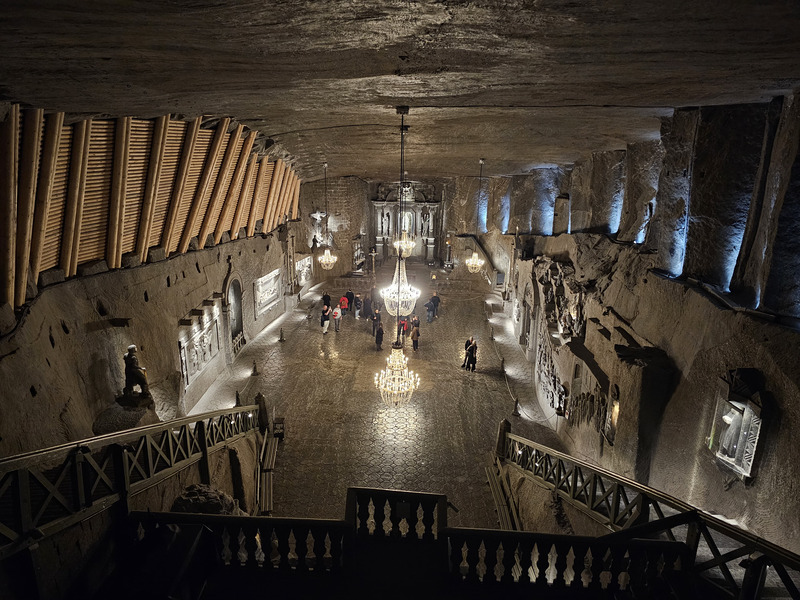
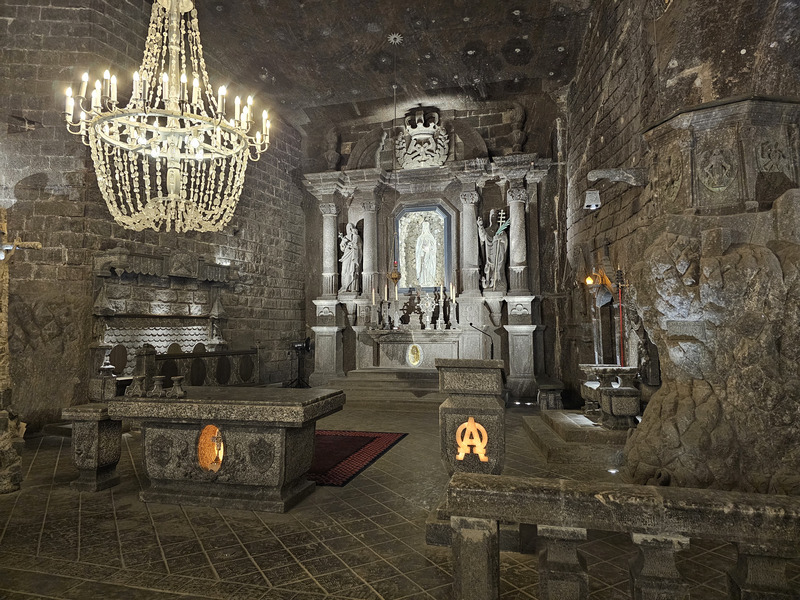
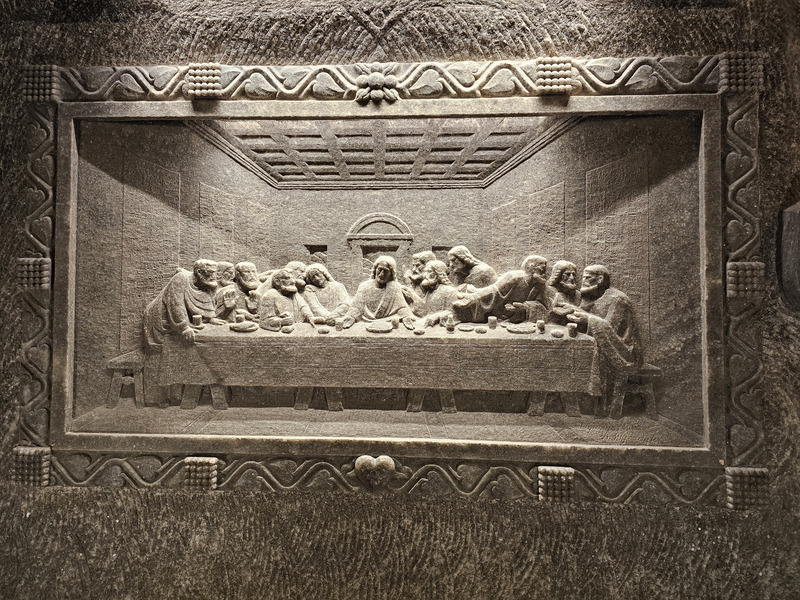 Several of the galleries were also quite impressive, though it's hard to tell the scale in the pictures.
Several of the galleries were also quite impressive, though it's hard to tell the scale in the pictures.
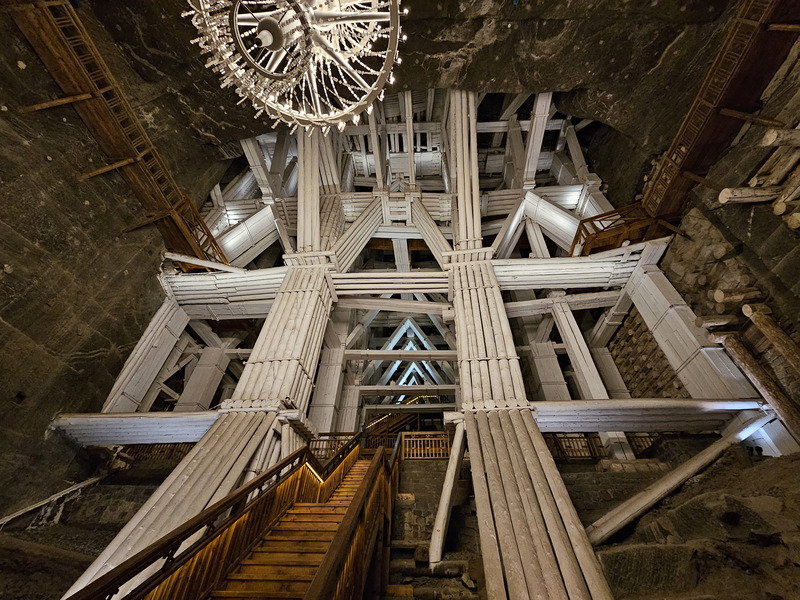 And just to make things clear, there was certainly more than one chapel along the route - the above was just the most impressive!
And just to make things clear, there was certainly more than one chapel along the route - the above was just the most impressive!
